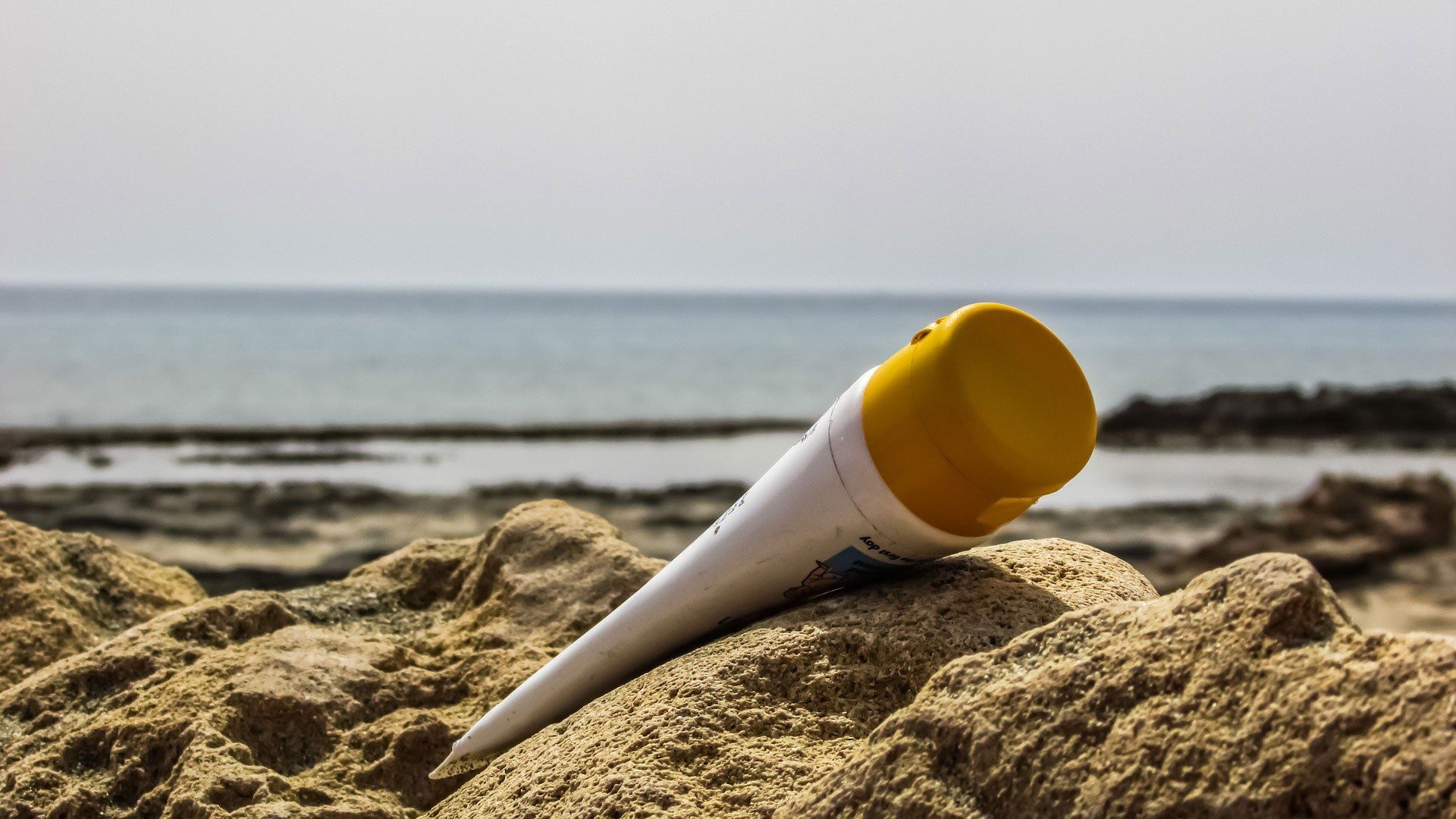
Everything you need to know about sunscreen
Sunscreen Works By Creating An Invisible Barrier Between You And The Sun. The UV Rays Are Absorbed Or Reflected By A Chemical Barrier. This Barrier Is Not 100 Percent Effective And Some Rays Will Always Reach The Skin Layer, Causing Damage. Given Enough Time This Damage Can Reach Concerning Levels And Increase The Risk Of Skin Cancer Including Melanoma.
How Does Sunscreen Work?
Sunscreen may protect you from UV radiation in two ways:
- Chemical filters absorbing the UV radiation before they reach the skin.
- Physical filters containing nanoparticles which sit on the skin creating a physical barrier from the sun.
While each sunscreen is different and may only use one method, many new sunscreens use both methods.
What is in sunscreen?
Sunscreen may be made up of chemicals, nanoparticles, moisturisers, preservatives, and other ingredients. While this may sound scary, there is no evidence of health side effects of the ingredients used in sunscreen. Meanwhile the risks of not wearing sunscreen have been proven and documented frequently. It is far more dangerous to not wear sunscreen. Seek your doctor’s advice if you have any concerns.
What are nanoparticles?
Many popular modern sunscreens are clear or close to invisible having reduced the traditional thick film. This is thanks to nanoparticles. Nanoparticles are zinc oxide or titanium oxide that have been fragmented to an incredibly small size. Nanoparticles may be as small as 0.000001 millimetre in size. This makes nanoparticles invisible to the human eye while still providing a UV barrier.
Do ‘natural’ sunscreens work?
SPF numbers are assigned to each sunscreen following laboratory testing. The SPF number, and therefore the protection, are assigned based on this testing regardless of the natural or chemical origin of the ingredients. Therefore always refer to the SPF number as a guide to effectiveness and ensure that sunscreens comply with the Australian Standard AS/NZS 2604:2012 and has an AUSTL number.
What is the SPF number mean?
SPF stands for ‘sun protection factor’. Following extensive testing a sunscreen is given a SPF number between 4 and 50+.
This number establishes the protection level of a particular sunscreen. As a general rule the higher the number the higher the protection. The number is however relative to the sunscreen and not the conditions. Because there are a number of factors that affect the rate of skin damage the same sunscreen may not provide the same protection for different people or on different days. These factors include.
- How well and under what conditions the sunscreen was applied.
- The person’s skin type and risk of skin cancer (use our free skin cancer risk calculator – here)
- The UV level of each day. On higher UV days the skin damages more quickly regardless of SPF level.
What does ‘broad-spectrum’ sunscreen mean?
UV radiation comes in two forms, UVA radiation and UVB radiation. Both of these are harmful to your skin and may contribute to skin damage and therefore lead towards skin cancer. Broad spectrum sunscreen protects you from both UVA radiation and UVB radiation. It is therefore suggested that you always use broad-spectrum sunscreens.
Does sunscreen prevent vitamin D production?
The human body is incredibly effective at producing vitamin D. Only small amounts of sunlight are required to produce the necessary amounts of vitamin D. As sunscreen does not provide 100% protection, allowing small amount of radiation to reach the skin, wearing sunscreen does not greatly reduce vitamin D levels.
If you are concerned about vitamin D it’s recommended that you seek the advice of your doctor and not reduce your sun protection practices.
Can sunscreen cause skin allergies?
Sunscreens may contain sensitive ingredients for some individuals. If an allergic reaction occurs it is often caused by the preservatives or the perfumes contained in the sunscreen. Sunscreens high in titanium dioxide are often more suitable for sensitive skin and those prone to allergic reactions.
It is always best to test new sunscreens on each individual on small test areas of the skin first, well away of sensitive areas. Allow the sunscreen to absorb and sit while observing. Most reactions will occurs within minutes of application. Should a reaction occur you should seek advice from a doctor or chemist.
Can I use sunscreen on my baby or child?
It is recommended that you protect your baby or child from the sun when UV levels are above three. Sun protection may be achieved with hats, protective clothing, use of shade and occasionally sunscreen. Babies aged six months and under have highly sensitive skin and it is suggested by the Australiasian College of Dermatologists that sunscreen use be minimised.
You should always test the sunscreen on a small test area on babies and children as previously described. Should a reaction occur you should seek advice from a doctor or chemist.
Can I use expired sunscreen?
Sunscreen does not work as well if past its use-by date, or stored incorrectly. While it may provide some protection, this protection will not be as high and will therefore provide less protection than the labelled SPF number.
Store sunscreen out of the sun and at temperatures below 30°C. While it may be tempting to use expired or poorly stored sunscreen it is always best to replace if there are any concerns.